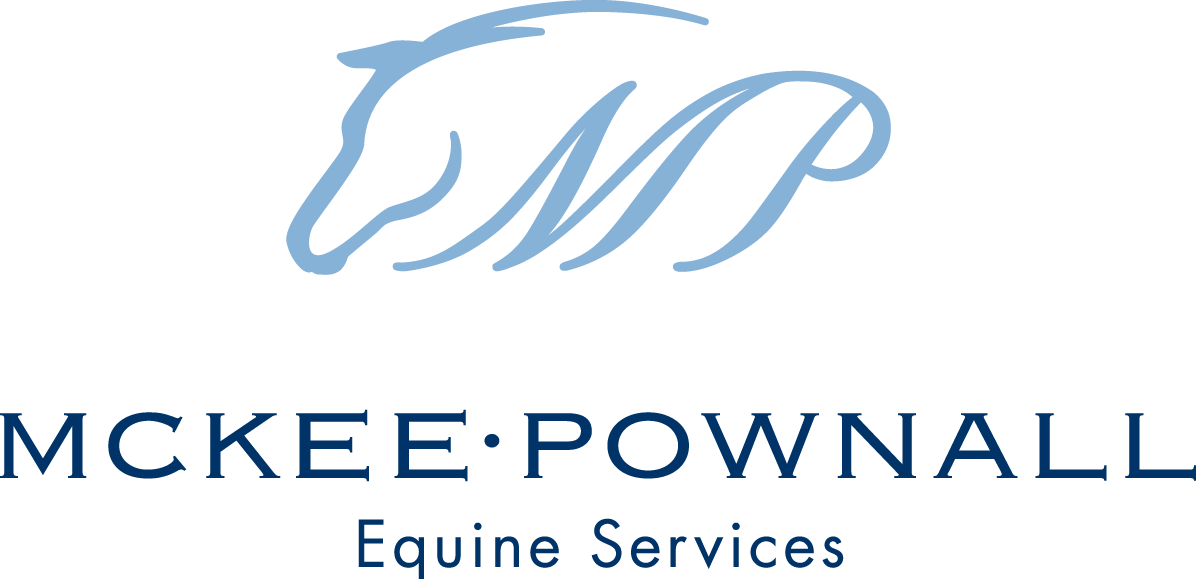D is for Dental Health
Equine Odontoclastic Tooth Resorption and Hypercementosis (EOTRH) Case
The owner of a 22-year-old thoroughbred gelding had observed that her horse had some behavioural and physical changes. The horse had received regular yearly dental care, and it was noted by the veterinarian that he was becoming uncomfortable during the procedure. Early on, when you lifted the lips of the horse’s mouth there were small red dots that were visible above the gum-line of some of his incisors as shown in the photographs below.
It was also noted that he previously quite enjoyed eating carrots, however recently he had stopped eating carrots entirely. Finally, at a later stage for this horse, his gums around the incisors had bulb-like swellings and the teeth were discoloured as shown in the photograph below.
The veterinarian was suspicious of Equine Odontoclastic Tooth Resorption and Hypercementosis, also known as EOTRH. EOTRH is a syndrome that often affects older horses which results in disease and the destruction of the incisors and sometimes the canine teeth. As the disease progresses, there is a loss of bone and tissue around the roots of the affected teeth. The incisors are often brittle and are prone to fracture. Often as a result of this disease, the dental tissue called cementum, grows rapidly and leads to bulb-like growths around the affected tooth roots.
Radiographs were performed and it was found that the horse did have EOTRH and a plan was made to remove the affected incisors.
His incisors were removed under standing sedation at our Mckee-Pownall clinic. We now have two locations - Campbellville and Schomberg - that can accommodate this type of surgery. Post-surgery the horse was placed on bute for a week as an anti-inflammatory and pain medication. The following day after the surgery was performed, the horse returned to his regular diet and his regular turnout. The surgical site was left open to heal and a warm salt water flush was completed each day until the sockets were completely closed. The flush removed any feed that became packed in the open sockets where the incisors used to be.
A recheck was completed one week after the surgery and the surgical site was healing very well and the horse was back to his happy self!
Thank you to Dr. Maggie Turner for her assistance with this case.



